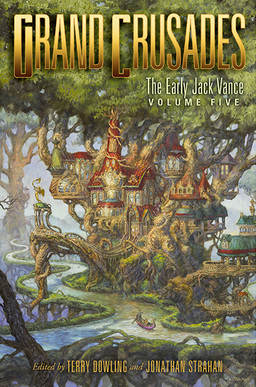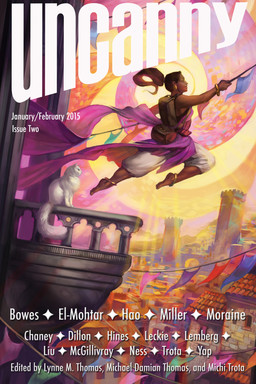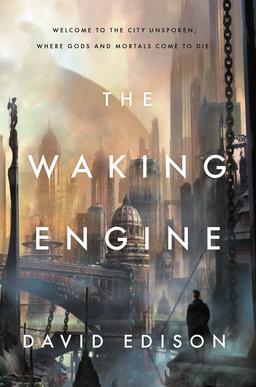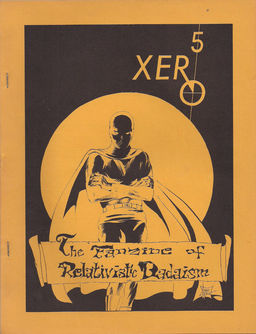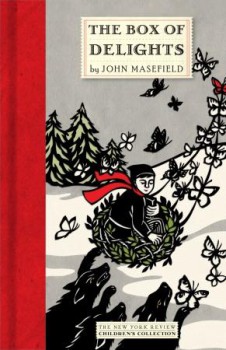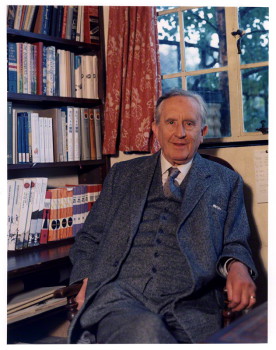Revising and Editing II: The Nitty Gritty
 I had occasion to read the first 3 chapters of a friend’s manuscript the other day. This is his first completed manuscript, and he wanted a second pair of eyes on what he was sending out to agents. I started off my critique by saying: “There’s good news. All your sentences are sentences, and all the words you use mean what you think they mean.”
I had occasion to read the first 3 chapters of a friend’s manuscript the other day. This is his first completed manuscript, and he wanted a second pair of eyes on what he was sending out to agents. I started off my critique by saying: “There’s good news. All your sentences are sentences, and all the words you use mean what you think they mean.”
Obviously, my friend wasn’t immediately gratified by this response,* at least, not until I explained how very often this isn’t the case. I had another friend (please note the past tense) who, when I suggested a word he used didn’t mean what he thought it meant, told me loftily that he knew that, but he was just trying it out to see if it would fit. He had, he explained, dashed it all down when he was drunk.
Which brings us to a piece of advice attributed to Ernest Hemingway. Write drunk. Edit Sober. Please note the order. Given Hemingway’s reputation, the assumption has always been that his advice was to be taken literally, but I’m not so sure. I know that people have achieved marvels while drinking/drunk, but I don’t think these were cases of cause and effect. Alcohol or its cultural equivalent can smooth the path of genius (at least for a while), but it doesn’t create the genius in the first place.
I choose to believe that what Hemingway meant was, write while inspired, edit with a clear head. All kinds of things might inspire you to write, and I often find that when the juices are flowing (creativity’s, not the bottle’s) I’m not even so much as aware of the passage of time, let alone the exact nature of every sentence and punctuation point.
